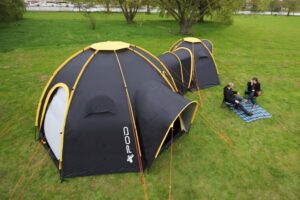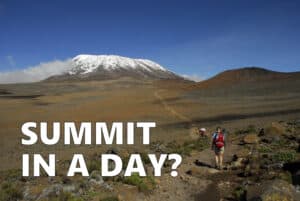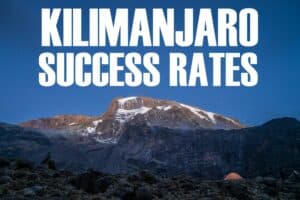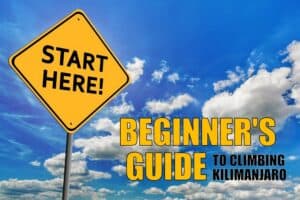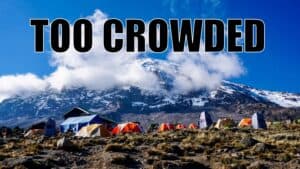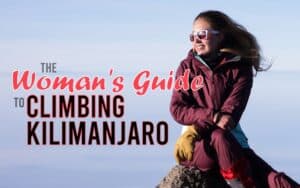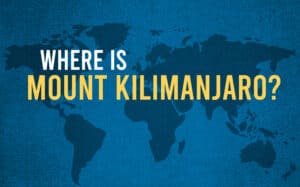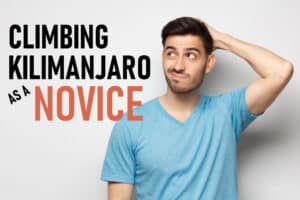When planning to climb Mount Kilimanjaro, there are several considerations you need to work out before arranging a trip.
In this article, we will discuss these factors and provide some insight into booking your expedition with us.
- Pick a Time to Visit
- Choose a Climb Duration
- Select a Kilimanjaro Route
- Group Climb or Private Climb?
- Choose a Guide Company
- Assemble Your Teammates
Pick a Time to Visit
While many parts of the world have four seasons – spring, summer, fall and winter, Mount Kilimanjaro does not. Instead, the peak experiences wet and dry seasons.
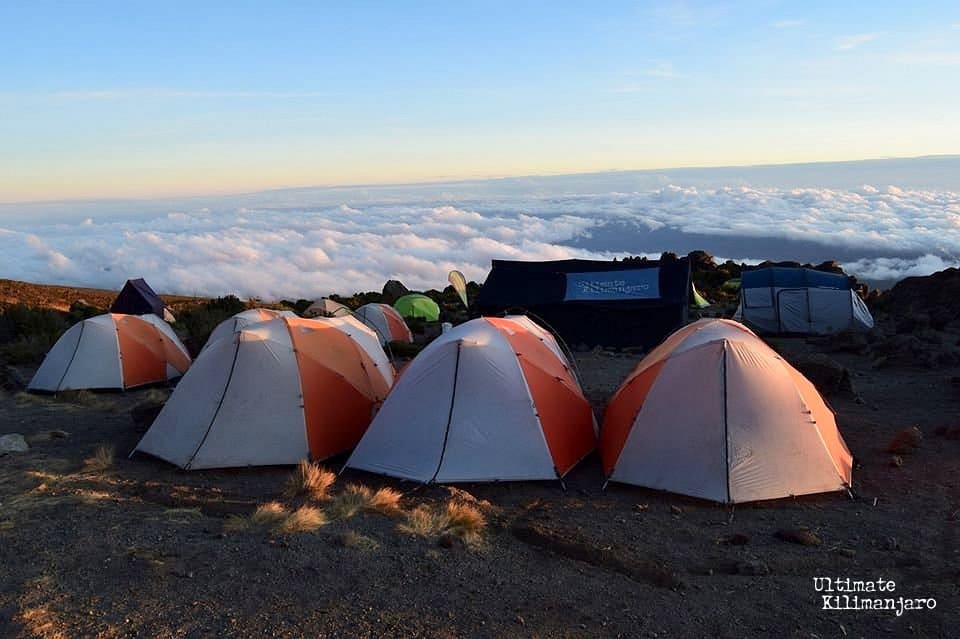
The best time to climb Kilimanjaro is during the two dry seasons.
- 🌤️Short Dry Season: from middle of December through mid-March
- 🌧️Long Rainy Season: from end of March to early June
- 🌤️Long Dry Season: from mid June to the end of October
- 🌧️Short Rainy Season: from beginning of November to beginning of December
Within the two dry seasons, there is not much variability between the months. So you can visit anytime during the dry seasons and expect relatively nice weather. Note that the summit conditions are almost always cold and windy, and that it can rain at any time especially on the lower slopes.
We discourage most people from climbing during the two rainy seasons though there are exceptions. Hardy, experienced backpackers may enjoy the solitude of coming during the quiet off-season in return for some precipitation. Sometimes, climbing during the rainy season is the only chance people have to visit. If that’s the case, go for it. Finally, it’s entirely possible that it doesn’t rain at all during your climb, or rains only after you’ve already made it to camp.
Choose a Climb Duration
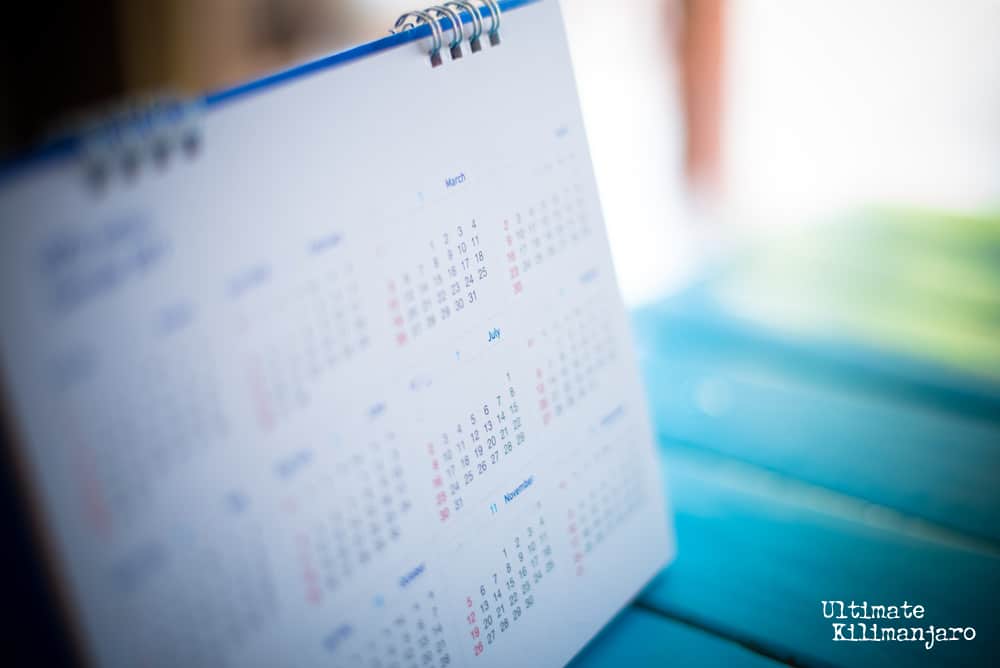
The routes up Kilimanjaro range between five to ten days.
The length of your expedition has a large, positive impact on the success rate. The biggest obstacle in climbing Kilimanjaro is its extremely high altitude. If you have trouble acclimatizing to the low oxygen in the atmosphere during your trip, you could develop symptoms of acute mountain sickness that can cause you to abandon your climb.
So for that reason, we recommend itineraries that are 8 or 9 days in duration. Most of our clients opt for 8 and 9 day routes with great success. This added time gives your body the best chance of sufficient acclimatization – to perform well and feel good. If you choose to do a shorter route, you should be confident in your ability to acclimatize while trekking at high altitude.
Ultimately, we want everyone to have a fulfilling trip – to make it to the summit and return home safely.
Select a Kilimanjaro Route
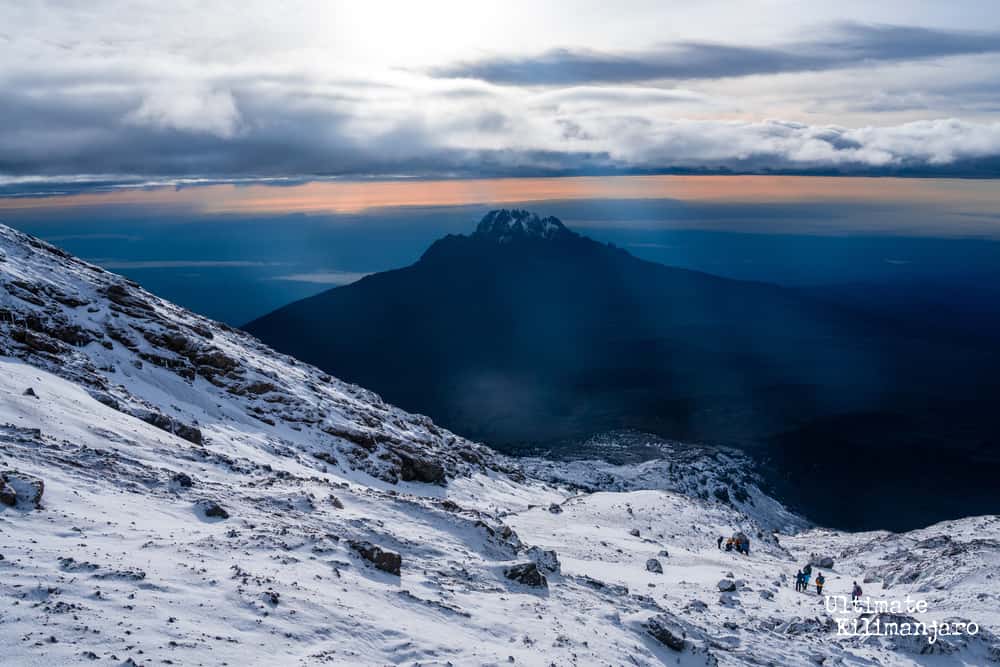
There are seven established routes to climb Mount Kilimanjaro. Although they all go to the same destination, Uhuru Point, there are considerable differences between them. Some routes are shorter and steeper while others are longer and more gradual.
As discussed above, the duration of your trip is quite significant. So in the interest of client safety and enjoyment, we always advise our clients to use the longer routes.
Our top picks are:
- 👍8 day Lemosho Route
- 👍9 day Northern Circuit
We highly recommend using one of these routes for your climb. We consider these to be the best Kilimanjaro routes not only because of their high success rates, but also because they have beautiful views, scenic variety and fewer hikers.
Our secondary picks are:
- 👍7 day Rongai Route
- 👍7 day Machame Route
These are very good routes, though success rates are a little lower because of the shorter duration.
Most of our group climbs utilize the 8 day Lemosho route and 9 day Northern Circuit. However, we do schedule a limited number of group climbs on the 7 day Rongai route as well as the 7 day Machame route.
Group Climb or Private Climb?
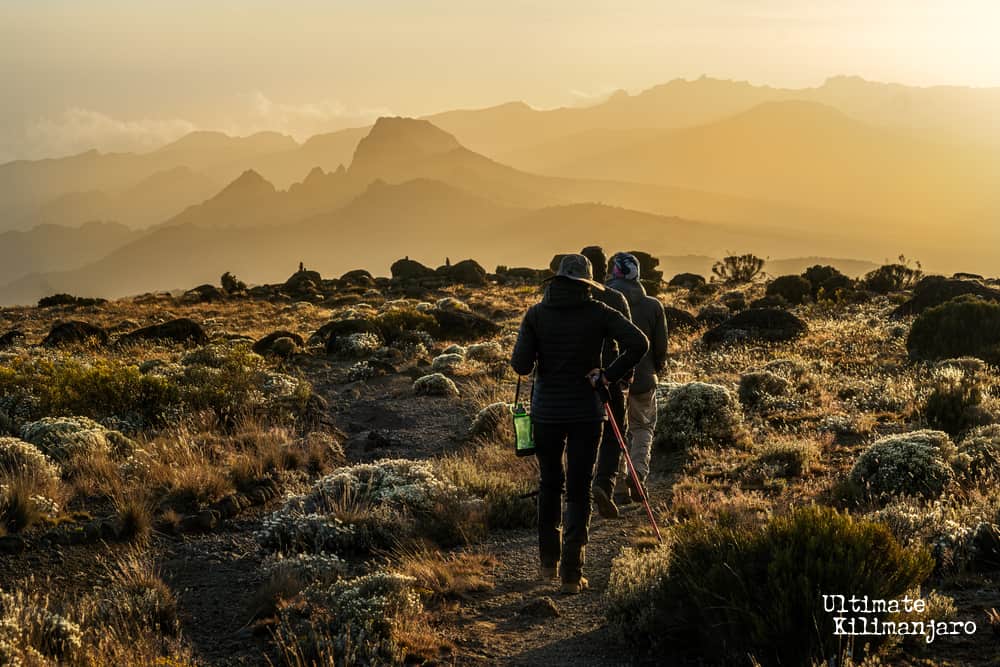
We offer group climbs and private climbs.
Group climbs are open climbs that are scheduled to depart on specific dates and routes. They are for anyone who would like to share their experience with others. People who book our group climbs are typically solo travelers, couples, or friends who want to engage with friendly, like-minded people from around the world.
The composition of our group climbs usually includes a majority of Americans, plus a number of international participants from English speaking countries such as Canada, United Kingdom, Australia and New Zealand. The ratio of males to females is generally about 1:1.
Note that all of our group climbs take place during Tanzania’s dry seasons.
Private climbs are closed groups that consist only of members of your party. You have the flexibility to choose whatever date and route you like. People who book our private climbs are typically those whose dates or route choice do not match our group climb schedules, those who want to climb with a limited sized group, or those who want to spend time solely with their fellow teammates.
We can organize private climbs on any route, for any length, on any dates, for any size group, subject to staff availability.
Choose a Guide Company
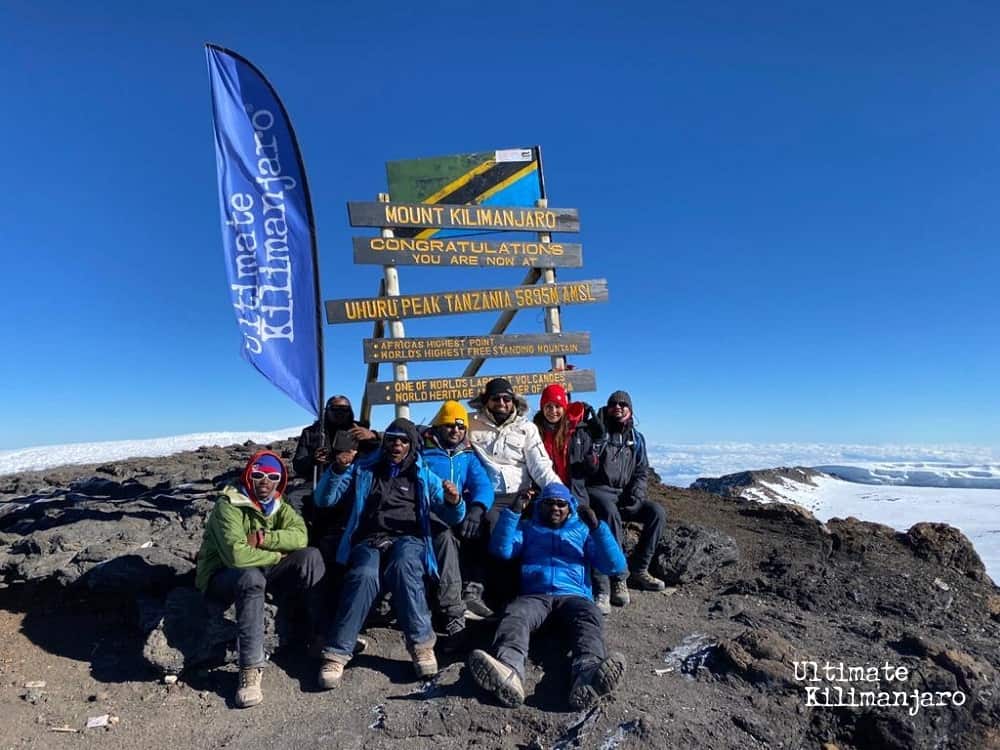
Choosing a guide company is the most important decision you can make when planning a Kilimanjaro climb.
Climbing a peak that is 19,340 feet high is not without risks. There are real dangers to being in remote, alpine environments at high elevations. Unfortunately the majority of Kilimanjaro outfitters are poorly run companies with low standards and shoddy operations.
It’s easy for inferior companies to copy and paste our content and photos on their websites (this has been happening for 15 years), to put on a good show, and to tell you what you want to hear in order to take your money. But when it comes to handling potentially hazardous situations on the mountain, you can pay the “ultimate price” for their incompetence.
The cost for a Kilimanjaro climb ranges from high to low. We can confidently state this – there is no such thing as a high quality, yet budget-priced operator. The cost of running a professional climbing company cannot be supported by low prices, even when executed efficiently on a large scale. On the other hand, just because a company charges high or mid-tier prices does not mean they are a good operator.
The characteristics of a high quality Kilimanjaro guide company include:
- Proven Expertise – a long-standing reputation for excellence in the industry
- Professional Guides – experienced guides with extensive and continued training
- Safety Focused – strict safety protocols to minimize the risks of high altitude trekking
- Quality Equipment – brand name, quality camping gear for protection against the elements
- Nutrient Rich Meals – fresh, hot meals designed to sustain the rigors of climbing Kilimanjaro
- Ethical Standards – compliance with all KPAP guidelines for porter wages and welfare
We encourage everyone to do their research when it comes to selecting a guide. Dig deep, beyond their website and emails. Verify what operators say as much as possible. Be sure that your guide is a competent one before you book.
There are hundreds of operators that service Kilimanjaro. However, only 15-20 are professional, established, and well-run companies. Therefore, the deck is stacked against you when choosing a guide company.
Fortunately, you have found us, Ultimate Kilimanjaro® – the #1 Guide Service on Mount Kilimanjaro. We’ve put 15,000 climbers on the summit who testify to our skill and reliability with overwhelmingly positive reviews.
Assemble Your Teammates
If you’re reading this, then it’s safe to assume that you are interested in climbing Kilimanjaro. Who else might want to join you on this once-in-a-lifetime trip?
Usually, a “trip leader” gathers all the relevant information from us. Our recommendation is for the trip leader, or a small group of committed individuals, to make the main decisions and iron out the details. Then, once an itinerary is set, reach out to others who might be interested in participating. This way, there aren’t too many cooks in the kitchen.
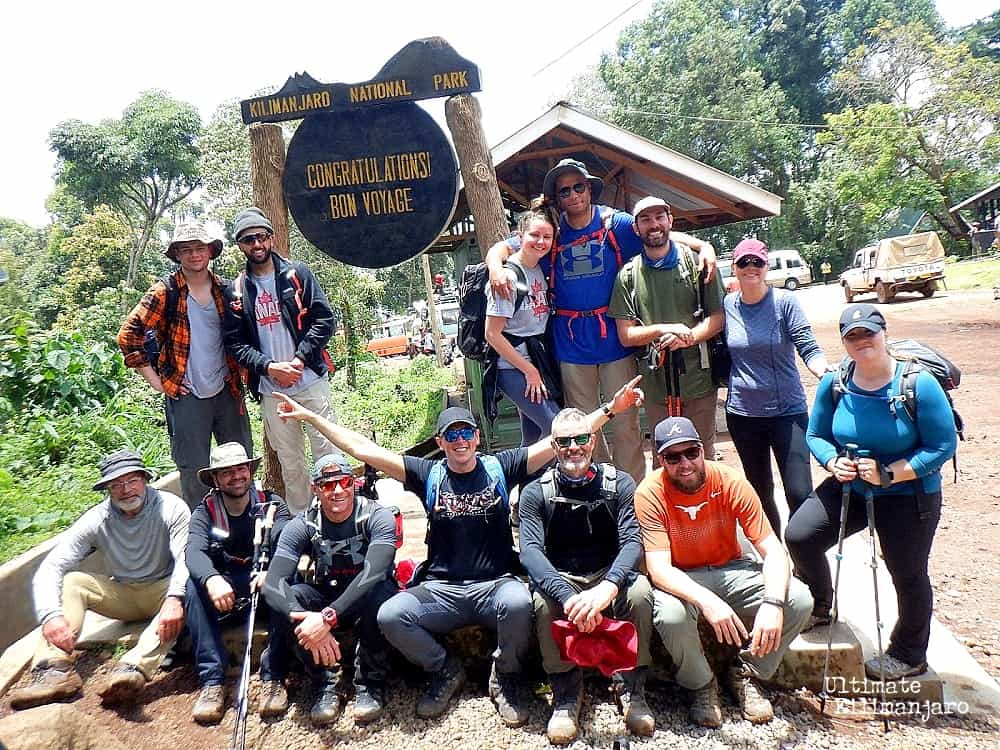
Close friends and family members almost always make fantastic teammates. However, you might be surprised by who else might want to come. So talk about your trip. Post about it on social media. Sometimes the people you least expect are the ones who have been yearning for an epic outdoor adventure.
Kilimanjaro Planning Checklist
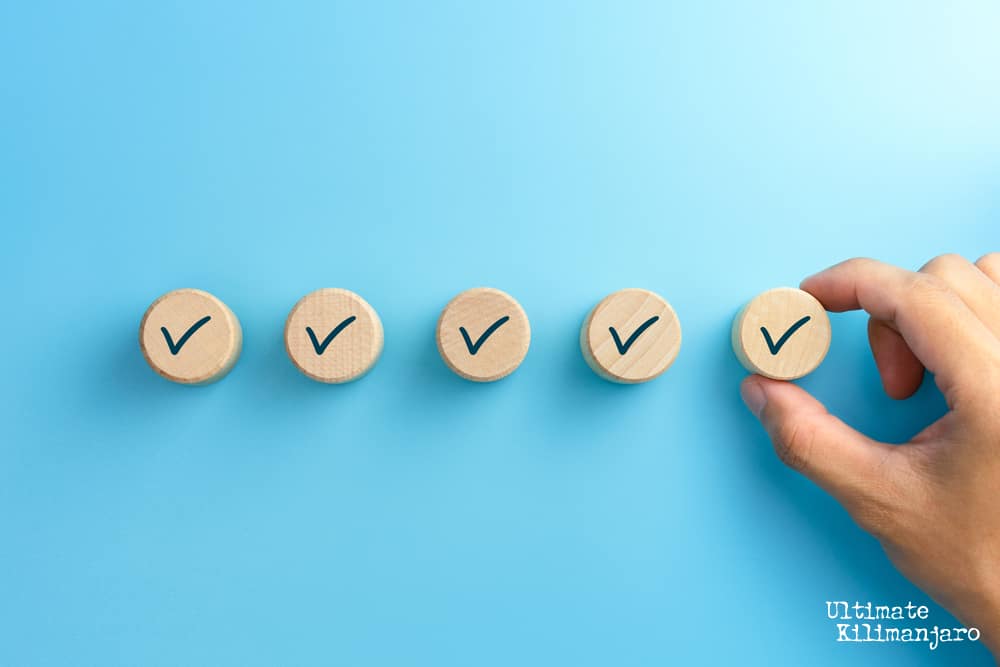
- When are you climbing?
- How many days are you taking?
- Which route are you using?
- Are you joining a group climb or arranging a private climb?
- What guide company are you booking with (Ultimate Kilimanjaro®)?
- Who is going in the trip?
Recent Climb Planning Blog Posts
- Walk-In Tents: Wrong For Kilimanjaro
- Can You Climb Kilimanjaro in a Day?
- Kilimanjaro Success Rates by Route
- The Beginner’s Guide to Climbing Kilimanjaro
- Is Mount Kilimanjaro Too Crowded?
- The Woman’s Guide to Climbing Kilimanjaro
- Where is Mount Kilimanjaro?
- Can I Climb Kilimanjaro as a Complete Novice?




















































